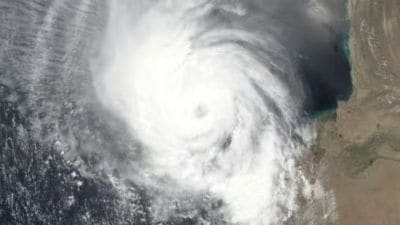Before the maelstrom
A week-old siege and blockade of Nepal’s capital by the Maoists. A series of bomb blasts at the Bangladesh opposition leader and former...

A week-old siege and blockade of Nepal’s capital by the Maoists. A series of bomb blasts at the Bangladesh opposition leader and former prime minister’s rally, killing nearly 20 persons and injuring 300. A political crisis and state of emergency in the Maldives, islands known for peace and beauty. An unending ethno-terrorist conflict in Sri Lanka. A slew of assassination attempts on the president, prime minister and top military commanders, not to talk of unending ethno-sectarian terrorism, in Pakistan. So how is India, as the biggest nation in the region — and one with the most stable democracy — to respond?
Much before the recent disturbing developments in the region, J.N. Dixit — now the national security advisor to the prime minister — had demanded that South Asia become a major focus of Indian foreign policy. In a piece written before the general elections for these columns, he had argued that the Congress government, if it comes to power, would “nurture and expand” relations between India and its neighbours. He also said that such a government would strengthen SAARC to make it an effective regional organisation. However, Dixit had anticipated some of the hurdles to achieving this. He pointed out that the vision for regional stability — upon which of course the success of any regional network is based — is realisable only if minimal levels of internal cohesion and domestic harmony exist in the countries of the the SAARC region. Today, that is clearly not the case. The internal political churning that Dixit had anticipated is very apparent. But the fact is that Dixit’s government is still to get a handle on how it is to address the issue. Or indeed whether it should address it at all given regional sensitivities. Notice how siege-strung Nepal has just let India know that it is perfectly capable of handling its own internal problems.
The point is that the people of every disturbed country in the region long for a democratic order and a modernising economy. In many ways the agreements that emerged from the SAARC summit in January was a reflection of this. Unfortunately, all the promises made then — whether it was working towards declaring 2005 as a ‘South Asia Tourism Year’, or measures for accelerated and balanced economic growth in the region through free trade zones and the like, are presently hobbled by the political crisis. Can India be an actor in bringing both peace and prosperity to this troubled region? This remains one of the most challenging tasks for the Indian foreign policy establishment today.




- 01
- 02
- 03
- 04
- 05



























